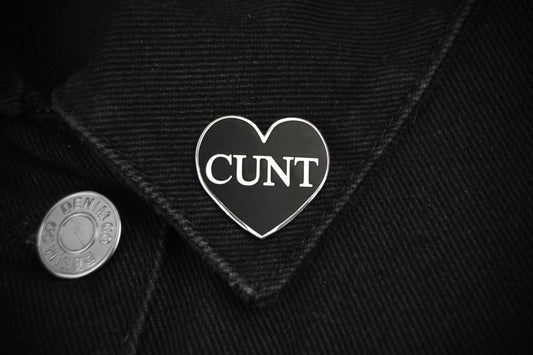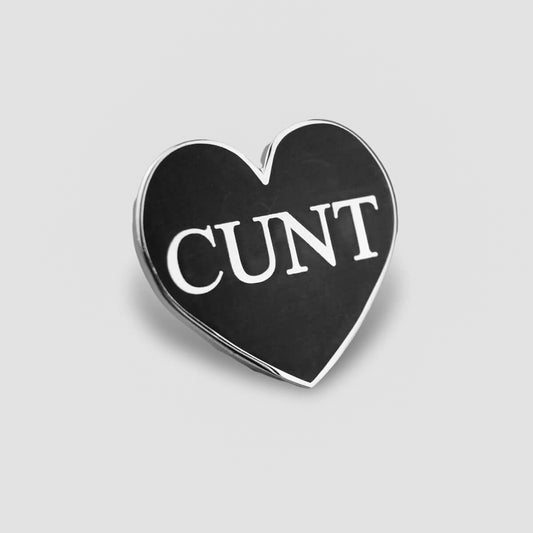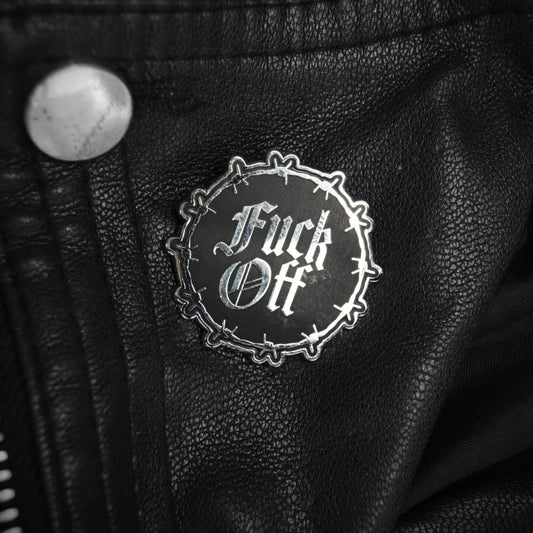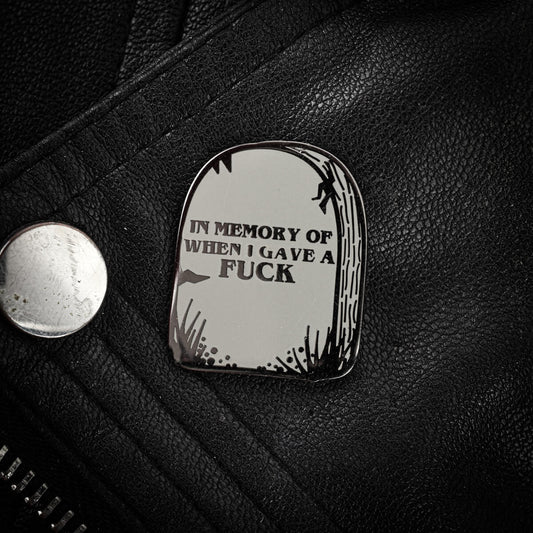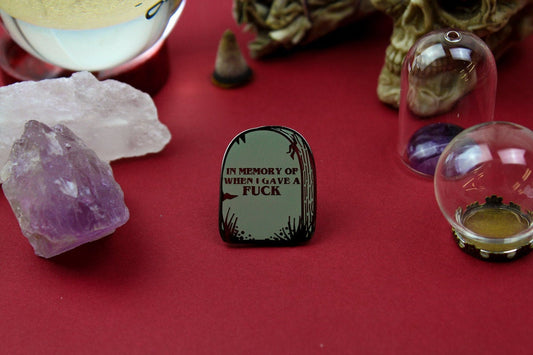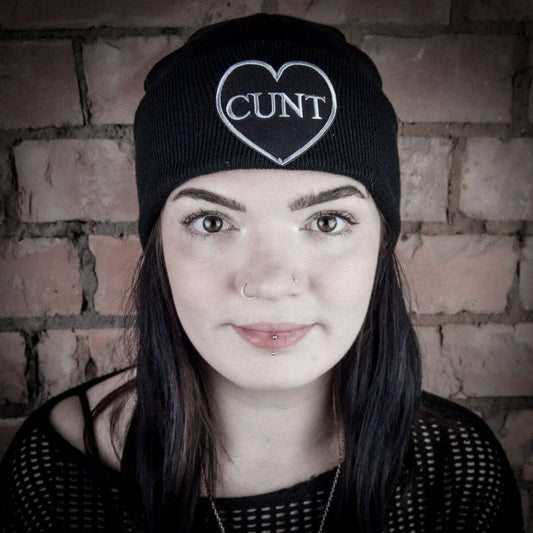
What Impact Has the Occult Had on Literature and Pop Culture?
Share
The influence of the occult across various cultural domains is extensive and varied, affecting many areas of artistic and social life. This influence is evident in everything from literature and art to music, television, and film, and extends into fashion and lifestyle trends, showcasing the widespread appeal of the occult.
Throughout history, the allure of occult themes and symbols has drawn in audiences, providing them with a peek into what might lie beyond the known. The portrayal of the occult in media, however, shows a range of interpretations, as those deeply involved in these practices often view its depiction differently. Moreover, the use of occult imagery has grown in commercial contexts, with companies using its intriguing elements to attract contemporary buyers. Despite its continuous presence in popular culture, many misconceptions about the occult still lead to the reinforcement of stereotypes and incorrect assumptions.
In this article, we will look closely at the significant effect the occult has had on literature and pop culture, exploring its representation in different artistic forms and its impact on societal views. We will consider the viewpoints of those immersed in the occult, the commercial uses of its themes, and the common misunderstandings that surround it, examining how these factors have moulded our cultural environment.

How Has the Occult Been Represented in Literature?
The occult has left an indelible mark on literature, permeating classic and modern works with its mystique and intrigue.
In classic literature, luminaries like Arthur Conan Doyle, Bram Stoker, and W.B. Yeats, all affiliated with the secret occult society the Hermetic Order of the Golden Dawn, infused their writings with esoteric themes and symbols. Dion Fortune, a renowned occultist and author, investigated magical realms in her novels, while Sylvia Plath's fascination with the occult is evident in her exploration of mysticism and the supernatural.
In modern literature, authors like Neil Gaiman weave occult elements into their narratives, exploring the intersection of magic and reality. The Illuminatus Trilogy, a cult classic by Robert Shea and Robert Anton Wilson, explores conspiracy theories and occult lore, captivating readers with its blend of mysticism and satire. While some works like "The Da Vinci Code" touch upon occult themes, they are often regarded as sensationalised depictions rather than authentic representations of occult practices.
Through literature, the occult continues to captivate imaginations and inspire exploration of the unknown.

By Francisco Goya - bgFtTP9xX74Blw at Google Cultural Institute maximum zoom level, Public Domain, Link
How Has the Occult Influenced Music and Art?
The occult's influence extends beyond literature into music and art, shaping cultural expressions and pushing creative boundaries. In music, occult rock emerged as a subgenre in the late 1960s, characterised by bands like Coven and Black Widow infusing their music with references to the supernatural and esoteric. This genre, blending elements of hard rock, psychedelia, and progressive rock, experienced a revival in the 2000s, with bands like Ghost and The Devil's Blood carrying the torch of occult-inspired sound. Iconic musicians such as David Bowie and Jimmy Page explored occult practices, drawing inspiration from figures like Aleister Crowley.
In art, esoteric themes have long captivated artists, offering a world of symbolism and mysticism to explore. From the haunting imagery of John William Waterhouse's "Circe Offering the Cup to Odysseus" to Francisco Goya's macabre "Witches’ Sabbath," the occult has served as a wellspring of inspiration for artists throughout history. Contemporary artists like Genesis P-orridge continued to push the boundaries of artistic expression, exploring the occult's depths to create thought-provoking and evocative works.
Through music and art, the occult's influence resonates, inviting audiences to contemplate the mysteries of existence and explore the realms of the unseen.

What Role Has the Occult Played in Film and Television?
The occult's influence on film and television is undeniable, permeating popular culture with its mystique and intrigue.
In cinema, the occult has left an indelible mark on horror films, from classics like "Rosemary's Baby" and "The Wicker Man" to modern masterpieces such as "Hereditary" and "Eyes Wide Shut." These films explore themes of witchcraft, demonology, and the supernatural, captivating audiences with their chilling narratives and haunting imagery.
Television has also been touched by the occult, with shows like "True Detective," "Twin Peaks," (co-creator Mark Frost has a keen interest in all things occult) and "American Horror Story" exploring the dark realms of the unknown. From surreal mysteries to supernatural thrillers, these series weave intricate narratives that blur the lines between reality and fantasy. Additionally, occult themes have found a home in cult classics like "Buffy the Vampire Slayer" and "Charmed," where magic and mysticism are central to the storylines.
Through film and television, the occult continues to captivate audiences and inspire exploration of the hidden dimensions of existence.

How Do Occult Themes Influence Fashion and Lifestyle?
The occult's influence extends beyond literature and pop culture into the world of fashion and lifestyle, shaping trends and personal expression. In the fashion world, designers like Alexander McQueen and Dior have drawn inspiration from occult symbolism, infusing their collections with motifs like pentagrams and tarot imagery. McQueen's 2007 fall winter show, featuring a large red pentagram, paid homage to Elizabeth Howe, a woman accused of witchcraft in the Salem witch trials. Dior's spring summer 2017 collection incorporated tarot symbolism, reflecting Christian Dior's superstition of consulting tarot cards before presenting his designs. Preen by Thornton Bregazzi embraced occult and Wiccan imagery in their spring summer 2017 collection, evoking a kind of white witch aesthetic with floral pentagram symbolism.
Beyond the runway, the occult has seeped into lifestyle practices, with more people integrating its principles into their daily routines. From lighting incense and setting intentions to incorporating trinkets like crystals and candles into their spaces, individuals are embracing occult-inspired rituals (whether they realise it or not!) to enhance focus, promote well-being, and cultivate a sense of spiritual connection. As the occult continues to captivate imaginations, its influence on fashion and lifestyle is poised to endure, offering a means of self-expression and connection to the mystical world.
Looking to add a bit of occult flair to your wardrobe? Check out our range of enamel pins, iron-on patches and jewellery.
Are There Gender-Specific Representations of the Occult in Media?
Gender plays a significant role in the representation of the occult in media, with distinct themes and narratives emerging for different gender identities. Women have often found empowerment and self-expression through the occult, leading to a plethora of female-focused representations in literature, film, and television. TV shows like "The Craft" and "Chilling Adventures of Sabrina," along with films like "The Love Witch," centre on female protagonists navigating the mystical realms. Similarly, books such as Juno Dawson's "Her Majesty’s Royal Coven" series feature strong female leads delving into magical adventures.
Conversely, the founding figures of occult movements and societies have been predominantly male, influencing the portrayal of male protagonists in occult media. Figures like Aleister Crowley and John Dee continue to inspire male characters exploring the occult.
Transgender and queer individuals have also contributed significantly to the occult landscape, offering unique perspectives on gender and spirituality. Writers like Samuel David and Ariana Serpentine have explored the occult in their works, challenging traditional gender norms within mystical practices.
Non-binary individuals have also made their mark on occult culture, with figures like occult comedian Andrew O'Neill incorporating occult themes into their work. O'Neill's collaborations with renowned occultist Alan Moore and their radio sitcom "Damned Andrew" highlight the intersection of gender diversity and occultism, showcasing the diverse ways in which individuals of all gender identities engage with the mystical and the supernatural.

How Has the Occult Been Commercialised Through Media?
The occult's commercialisation through media has surged in recent years, reflecting a growing interest in alternative spirituality and mysticism. Platforms like Shutterstock have noted a significant increase in searches for occult-related imagery, indicating a rising fascination with magic, spirituality, and astrology. Social media trends like #witchtok have further popularised occult-focused products and brands, especially among younger generations (we’re aware of the irony of writing about this on our occult focused accessories and lifestyle website.)
However, the commercialisation of the occult is not new. Figures like Aleister Crowley famously charged spectators to view his ceremonial rituals, demonstrating a historical precedent for monetising mystical practices. Despite this trend, many practitioners emphasise the importance of personal reflection and ritual over material consumption. In modern occultism, the realisation that one doesn't need to purchase anything to engage with the hidden realms is empowering.
Ultimately, the exploration of the occult is a deeply personal journey, guided by the individual practitioner's will and intuition. As Crowley famously stated, "do what thou wilt" - which encapsulates the ethos of self-discovery and autonomy central to occult philosophy. Regardless of commercial influences, the essence of occultism lies in the seeker's inner quest for knowledge and spiritual growth.
What Are Common Misconceptions About the Occult in Pop Culture?
Common misconceptions about the occult in pop culture often stem from sensationalised portrayals of devil worship and dark magic, perpetuating fear and misunderstanding. Films and TV shows often depict occult practices as inherently sinister, leading to misinterpretations of its true nature. For instance, movies like "The Exorcist" and "The Omen" sensationalise demonic possession, while TV shows like "American Horror Story: Coven" and "Sabrina the Teenage Witch" blur the lines between fantasy and reality, depicting witches and occultists as villains or protagonists wielding dark powers.
Moreover, the satanic panic movement of the 1980s fueled widespread hysteria about occult rituals and secret societies, leading to false accusations and moral panic. This hysteria continues to influence pop culture representations of the occult, perpetuating stereotypes and misconceptions. In reality, occultism encompasses a diverse range of spiritual practices and beliefs, from Wicca to ceremonial magic, and is often focused on personal growth, self-discovery, and spiritual enlightenment. By dispelling these misconceptions and exploring the multifaceted nature of the occult, pop culture can foster a more nuanced understanding of this complex and often misunderstood phenomenon.
How Do Modern Practitioners View Occult Representation in Media?
Modern practitioners of the occult hold varied perspectives on its representation in media. Some align themselves with occult-themed media, such as heavy metal music and horror films, viewing it as a means of exploring alternative paths and embracing the left-hand journey. For these people, media representation may serve as a source of inspiration and connection to the occult community.
However, some practitioners may opt to distance themselves from media representations, fearing that it could distort their personal journey or perpetuate stereotypes. They may instead prioritise authenticity and eschew external influences that could potentially dilute their spiritual practice.
On the other hand, there are those who actively embrace occult representation in media, recognising its potential to strengthen their practice through accessible mediums. They may engage with films, TV shows, and music as a form of education, looking to glean insights and inspiration from fictional portrayals of occult themes.
The way modern practitioners view occult representation in media is deeply personal, shaped by their individual beliefs, values, and experiences. Whether they choose to engage with it or remain aloof, media representation remains a significant aspect of how the occult is perceived and understood in contemporary culture.
How Does the Occult Influence Subcultures and Niche Communities?
The occult's influence extends far beyond mainstream culture, and into various subcultures and niche communities, shaping their identities and practices.
For goths, the occult is often intertwined with their style and perspective, incorporating mysticism and darkness into their art, fashion, and music. Likewise, 60s-inspired hippies and other counterculture groups embrace occult practices as a means to look into spirituality beyond traditional religious limits, exploring paganism, folklore, and Wicca to establish deeper connections with nature and spiritual realms. Furthermore, fans of alternative music genres such as metal find a deep affinity with occult imagery and themes, with bands incorporating esoteric symbols into their lyrics and album artwork.
Within these subcultures, the occult acts as a source of inspiration, dissent, and community, offering a space for individuals to explore spirituality, mysticism, and uncharted territories.
To learn more, check out our blog on 'what is the occult?'.
